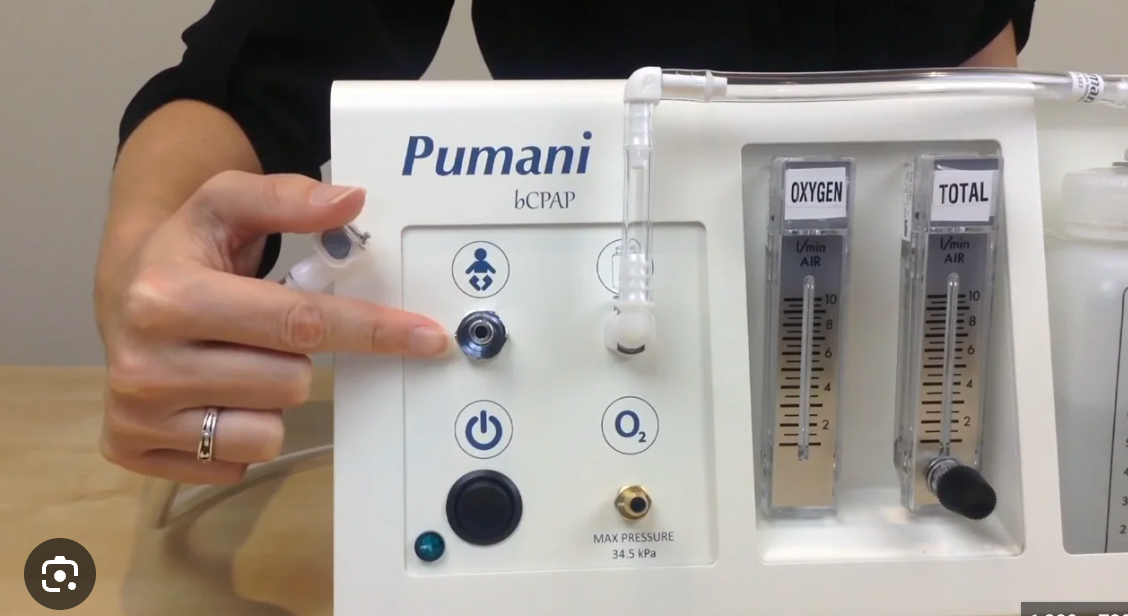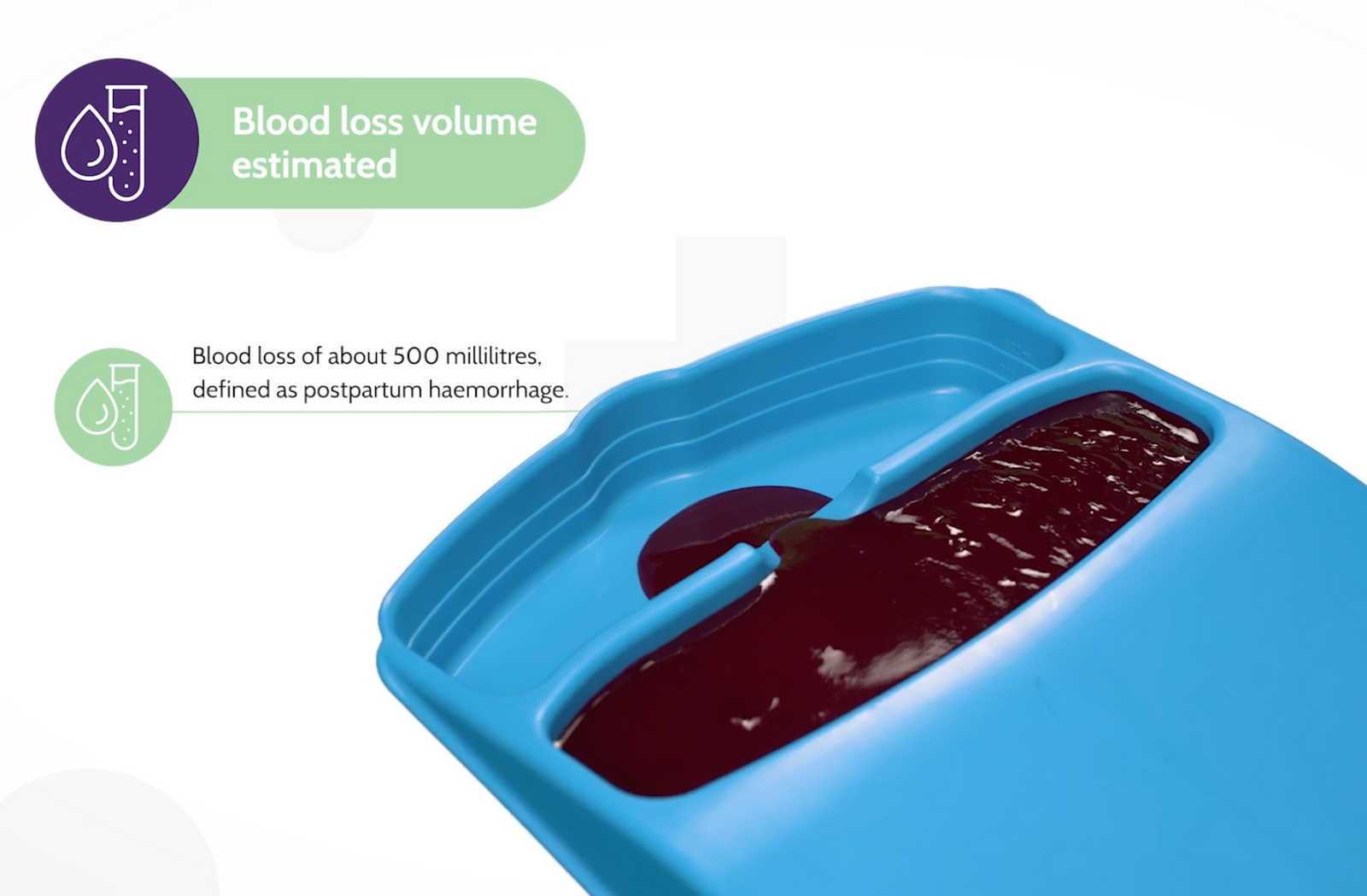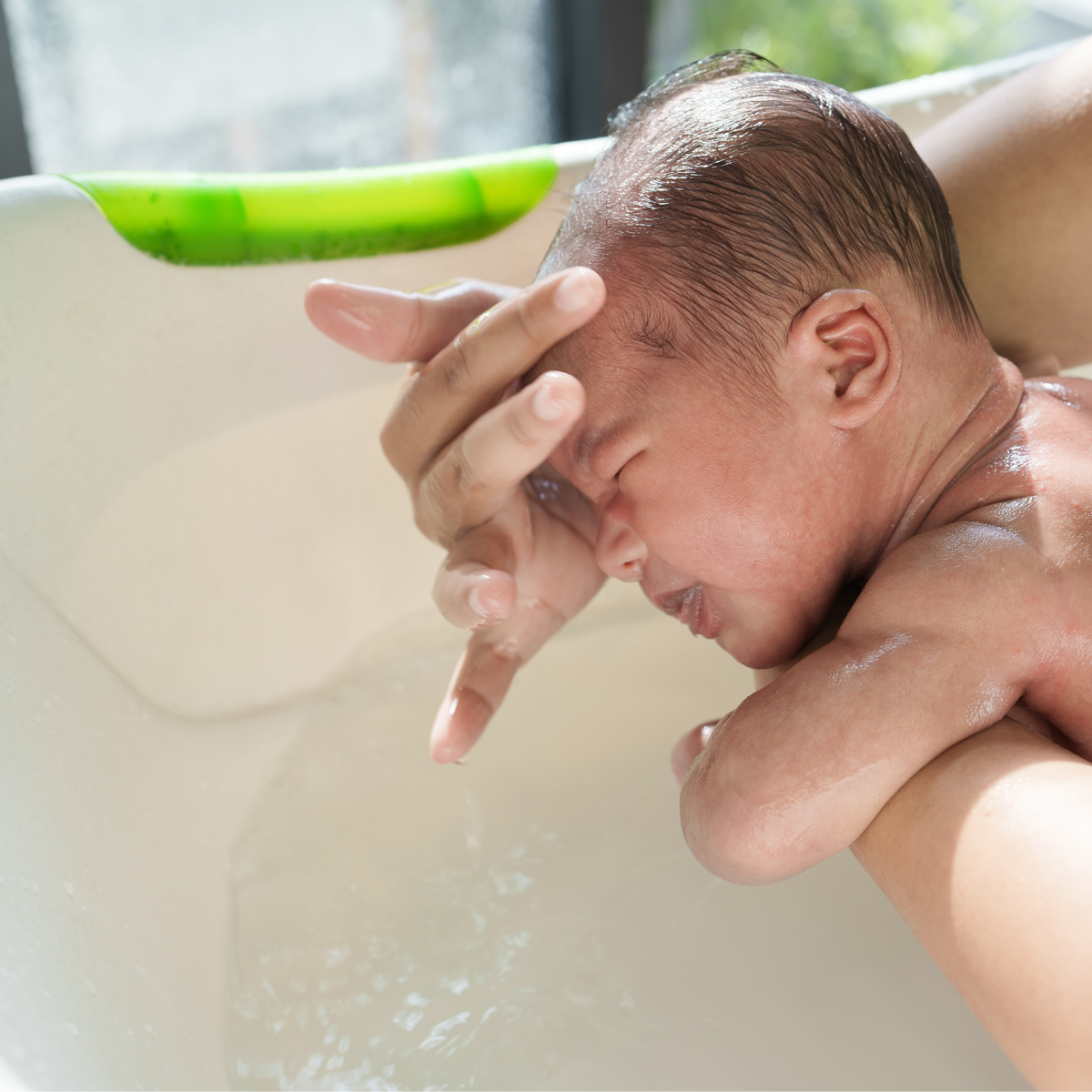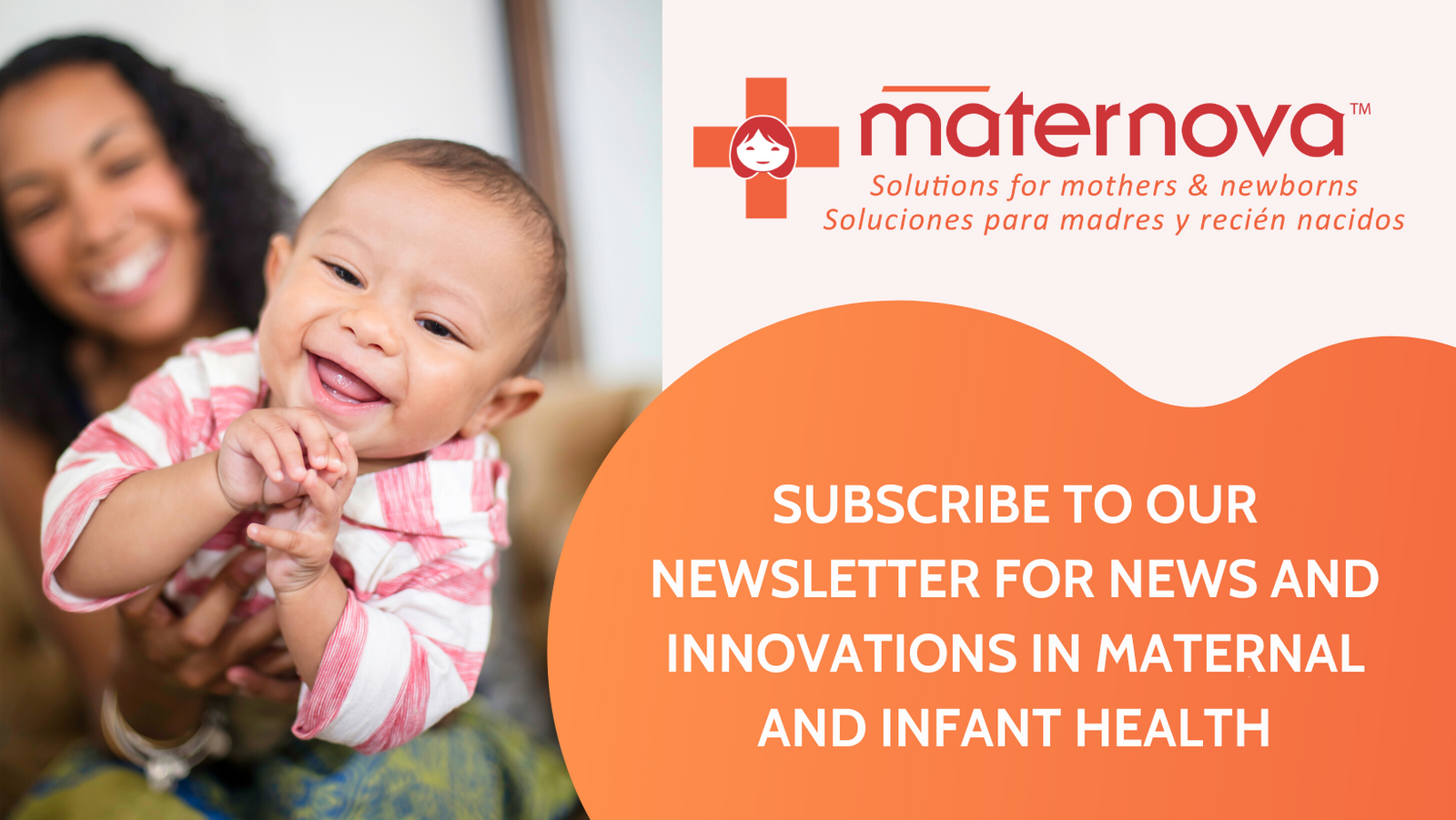Add description, images, menus and links to your mega menu
A column with no settings can be used as a spacer
Link to your collections, sales and even external links
Add up to five columns
Add description, images, menus and links to your mega menu
A column with no settings can be used as a spacer
Link to your collections, sales and even external links
Add up to five columns
AIM Skills Lab Training in Malawi using NASG
juillet 03, 2019 2 lire la lecture
Imagine a product that only costs a dollar for one use, and is relatively easy to use with the proper training. Imagine that this product, and providing training on how to use it, also means the difference between life and death for women in lesser developed regions of the world. This product is the non-pneumatic anti-shock garment, or NASG. The NASG is a neoprene suit that easily wraps up in itself, making storage simple. When taken apart, the suit can be wrapped around a woman’s lower abdomen and legs quickly. Each section is clearly labeled with numbers to distinguish where the velcro straps are meant to go. When the NASG is implemented correctly, excessive bleeding slows down and shock can be prevented. For women living in rural, difficult to reach areas, this device has the ability to keep women alive while they are being transported to the hospital for a blood transfusion.
As the team describes it, “The AIM Malawi Program (Advancement in Innovation for Maternity Care) is a collaboration by the American College of Obstetricians, Baylor College of Medicine and the Ministry of Health to reduce maternal mortality in Malawi.” The goal of the AIM Skills Lab and NASG training in Malawi is to reduce the maternal mortality ratio from postpartum hemorrhage. From May 2016 to December 2017, 391 participants were trained. “A ‘train the trainer’ program provided comprehensive education to select staff on the indications for NASG use, proper application technique and removal, and method of cleaning and storage.” Once the training is complete, the participants can become what the AIM team calls “field experts,” transferring the knowledge they have gained to other staff members. In the self assessment survey implemented as part of the Skills Lab, participants indicated they felt greater confidence and a better grasp on how to use the NASG following their training experience.
On August 2, 2017, there was a training on how to use the NASG at the Bwaila maternity hospital in Lilongwe. One NASG was used for the training, and the other two given to the hospital for future use. While the AIM program is not currently taking place in any other countries, the goal is to expand the training from the three hospitals in Lilongwe to the entire country of Malawi.
Laisser un commentaire
Les commentaires sont approuvés avant leur publication.
Voir l'article entier

Pumani bubble CPAP
novembre 11, 2025 1 lire la lecture
The Pumani bubble CPAP was engineered by a team at Rice University in Texas, working in collaboration with clinicians in Malawi. A range of specific design considerations made the Pumani especially appropriate for low-resource settings so that parts are easy to replace.

The MaternaWell Tray for PPH estimation now appears in key obstetric guidelines
octobre 30, 2025 1 lire la lecture
A 'tray' is now mentioned in the FIGO/WHO/ICM Consolidated Postpartum Hemorrhage Guidelines published by in 2025, expanding the type of monitoring device from drape to drape or tray.

Is it ethical to separate mother and infant just after birth?
octobre 28, 2025 2 lire la lecture
Immediate skin to skin care means less than ten minutes after the infant takes its first breath, the infant, naked except for a diaper, spends at least one hour on the mother’s chest, against her skin. It is recommended that preterm and low birth weight kangaroo care involve prolonging contact beyond the first hour for at least 8 hours per day or as long as possible (up to 24 hours) per day


